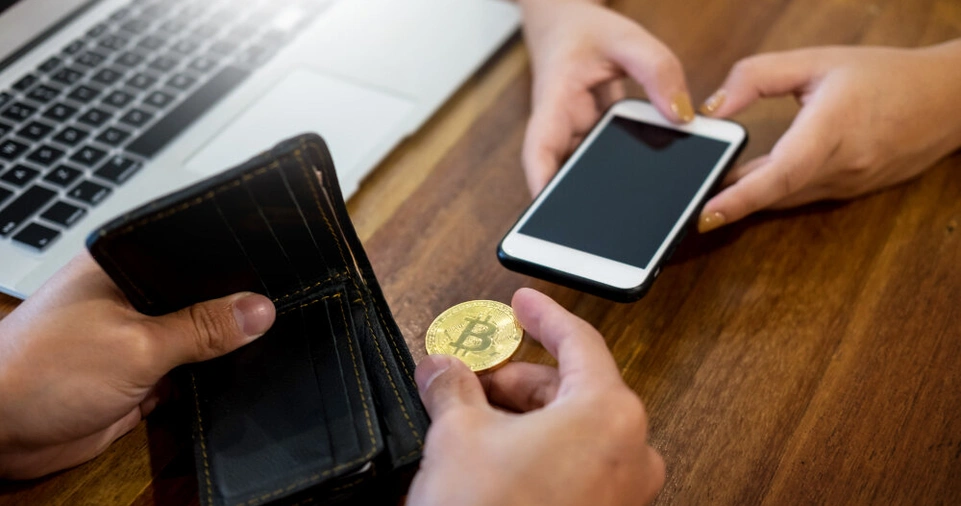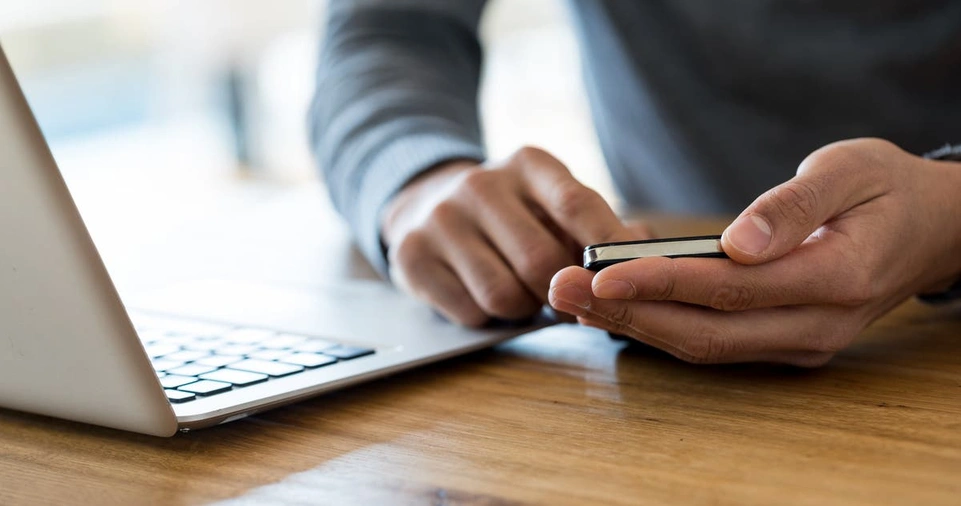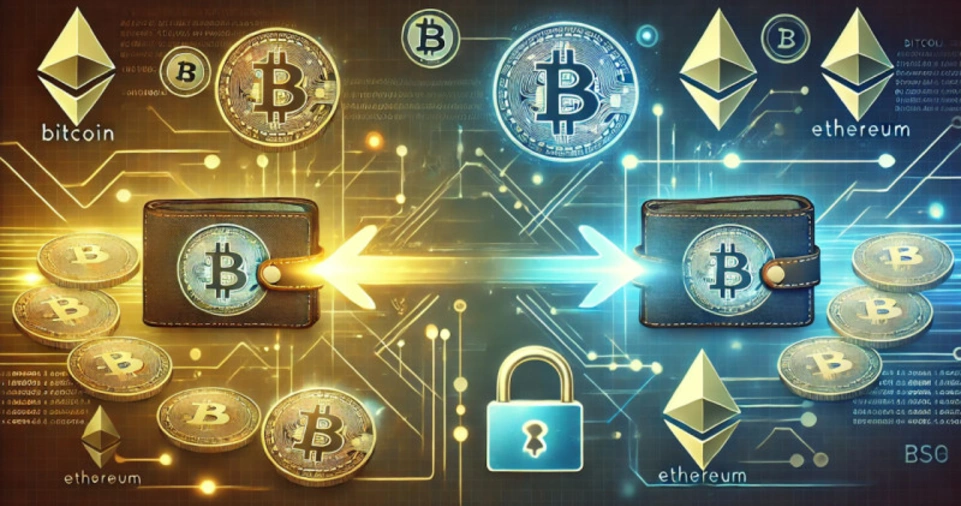Cryptocurrency transactions are becoming increasingly common as digital assets gain popularity.
However, transferring crypto assets between wallets requires careful planning to ensure security, avoid costly mistakes, and prevent potential losses due to cyber threats.
This guide covers the safest methods for transferring crypto assets, key considerations before initiating a transfer, common mistakes to avoid, and best security practices.
Additionally, it explores advanced security techniques, the impact of blockchain confirmations, and best practices for large-scale transfers.
Understanding Crypto Wallets
Crypto wallets store your private keys, allowing you to access and manage your digital assets. There are two main types of wallets:
- Hot Wallets: These are connected to the internet and are convenient for frequent transactions. Examples include mobile wallets, desktop wallets, and web wallets.
- Cold Wallets: These are offline wallets designed for long-term storage. Examples include hardware wallets (e.g., Ledger, Trezor) and paper wallets.
Comparison of Wallet Types
| Wallet Type | Security Level | Accessibility | Best Use Case |
|---|---|---|---|
| Hot Wallet | Low to Medium | High | Frequent trading and small transactions |
| Cold Wallet | High | Low | Long-term storage and large holdings |
Preparing for a Secure Transfer

Before transferring crypto assets, consider the following steps to enhance security:
Verify Wallet Addresses
Double-check the recipient wallet address before initiating a transfer. Cryptocurrency transactions are irreversible, so sending funds to the wrong address can result in permanent loss.
Choose the Right Network
Different cryptocurrencies operate on various blockchain networks. Ensure that both the sending and receiving wallets support the same network.
For example, sending Ethereum (ETH) via the Binance Smart Chain (BSC) instead of the Ethereum network may result in loss of funds.
Use a Small Test Transaction
To minimize risk, send a small test amount first. If the test transaction is successful, proceed with transferring the full amount.
Check Transaction Fees
Each blockchain network charges fees for transactions. Fees vary based on network congestion and the type of cryptocurrency. Verify the estimated transaction fee before confirming the transfer.
Enable Security Features
Activate two-factor authentication (2FA) and use multi-signature wallets for additional security.
Understand Blockchain Confirmations
Each cryptocurrency network requires a certain number of confirmations before a transaction is fully processed. Bitcoin, for example, requires at least six confirmations for optimal security.
ALSO READ: How to Develop a Winning Crypto Trading Strategy?
Step-by-Step Guide to Transfer Crypto Assets Safely
Step 1: Choose a Reliable Wallet
Ensure that the sending and receiving wallets are reputable and secure. If using a new wallet, perform thorough research before transferring funds.
Step 2: Confirm Wallet Compatibility
Make sure that both wallets support the cryptocurrency being transferred.
Step 3: Copy and Paste the Recipient Address
Never type the address manually to avoid typos. Instead, use the copy-paste function and verify its accuracy.
Step 4: Set Transaction Fees
Most wallets allow users to choose transaction fees. Higher fees result in faster processing times, while lower fees may cause delays.
Step 5: Perform a Test Transaction
Transfer a small amount first. Once confirmed, proceed with the full transaction.
Step 6: Confirm the Transfer and Monitor the Blockchain
After sending the transaction, monitor its status on a blockchain explorer (e.g., Etherscan for Ethereum transactions).
Step 7: Store Transfer Receipts and Records
Keeping records of transactions is crucial for tracking funds, tax purposes, and security audits.
Common Mistakes to Avoid
| Mistake | Consequence | Prevention |
|---|---|---|
| Sending to the wrong address | Permanent loss of funds | Double-check and verify addresses |
| Choosing the wrong network | Funds may not be recoverable | Ensure network compatibility |
| Ignoring transaction fees | Delays or failed transactions | Check fees before sending |
| Skipping a test transaction | Large financial loss | Always test with a small amount first |
| Using an insecure internet connection | Risk of hacking and interception | Use a secure and private network |
| Failing to verify transaction details | Potential fraud or hacking | Double-check recipient information |
| Ignoring security updates | Vulnerability to hacks | Regularly update wallet software |
ALSO READ: How to Research a Cryptocurrency Project Before Investing?
Advanced Security Techniques

- Use Hardware Wallets for Large Transfers: Hardware wallets provide enhanced security and protection against online threats.
- Enable Two-Factor Authentication (2FA): Adding an extra layer of security prevents unauthorized access.
- Keep Private Keys Secure: Never share your private keys. Store them securely offline.
- Avoid Public Wi-Fi: Use a secure and private network to prevent interception by hackers.
- Use Multi-Signature Wallets: For additional security, use multi-signature wallets, which require multiple approvals for transactions.
- Use VPNs for Secure Transactions: A Virtual Private Network (VPN) can help obscure your IP address and secure your transaction from potential cyber threats.
- Consider Decentralized Finance (DeFi) Wallets: DeFi wallets offer enhanced security through decentralized protocols and smart contracts, reducing reliance on centralized intermediaries.
Best Practices for Large Transfers
| Best Practice | Benefit |
|---|---|
| Split large transactions | Reduces risk of loss in case of an error |
| Use dedicated transfer wallets | Adds a security buffer before reaching main holdings |
| Transfer during low network congestion | Minimizes fees and transaction delays |
| Notify recipients before sending | Ensures proper handling and confirmation |
ALSO READ: How to Use NFTs Beyond Art: Gaming, Music, and More?
Conclusion
Transferring crypto assets between wallets requires attention to detail, security measures, and an understanding of blockchain networks.
By following the steps outlined in this guide, you can ensure a safe and successful transaction while minimizing risks.
Always stay vigilant and prioritize security when handling digital assets. Advanced security techniques such as VPNs, multi-signature wallets, and DeFi solutions further enhance safety and provide additional protection for your crypto holdings.







